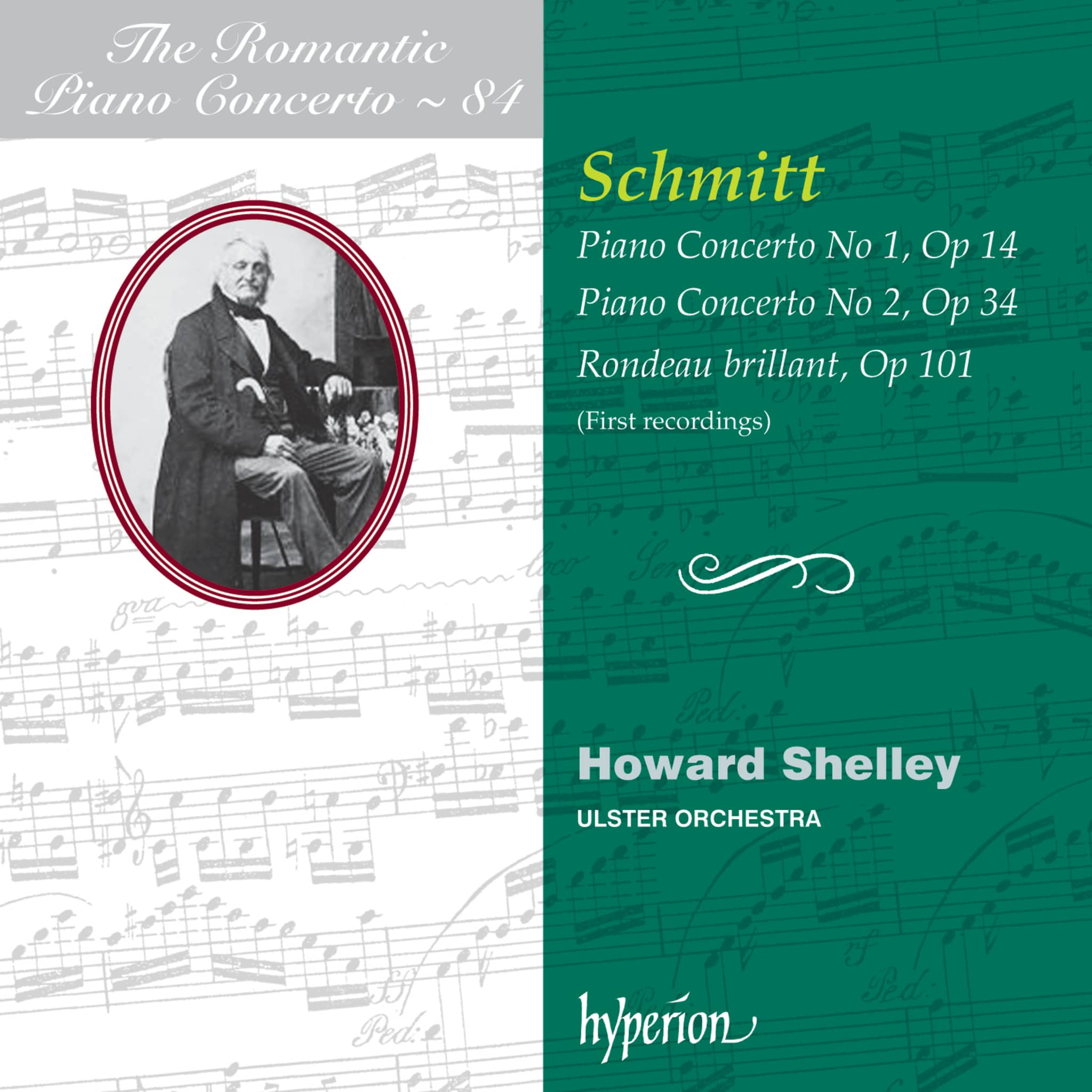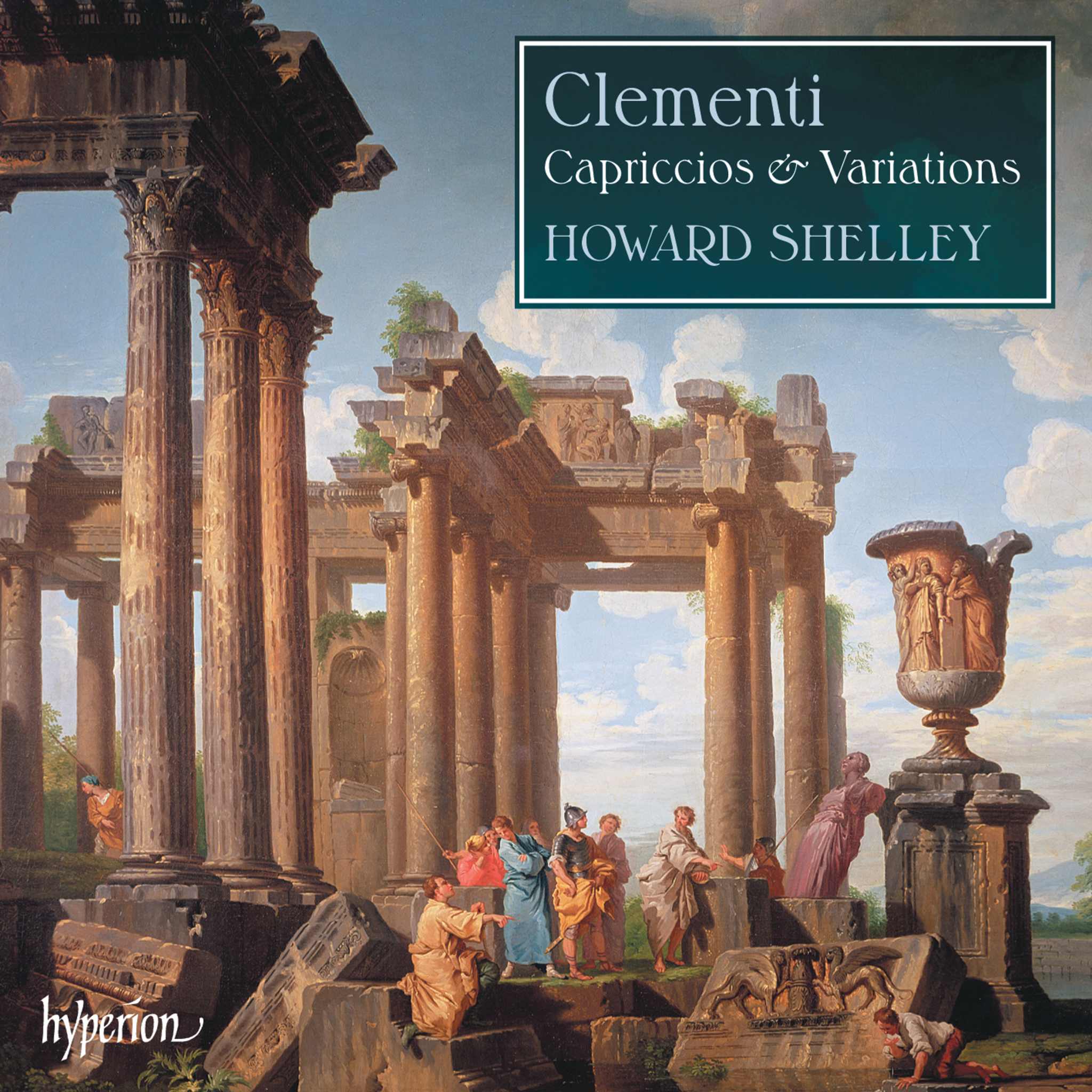Album insights
Among the late 19th-century composers, none rivaled Brahms as a contrapuntist. His mastery and sensitivity shine in the unaccompanied motets, exhibiting dense structures and technical refinement. Brahm once sought reassurance from his friend on the quality beyond skill in Joachim. Central to Brahms' contrapuntal focus was the canon, where overlapping voices move at different tempos or appear in inverted forms. His motets reveal a refined expressive world when viewed alongside polyphonic masters like Johann Sebastian Bach.
The Two Motets, Op. 29, first composed in 1860 and published in 1864, feature intricate harmonies and a methodical use of chromatic nuances. Op. 30, composed in 1856 and premiered in 1865, foretells aspects of the "German Requiem." The Three Sacred Choruses, Op. 37, represent Brahms' pinnacle in contrapuntal mastery. With precise mechanics, these compositions showcase a subdued human dimension. The Motet, Op. 110, completed in 1889, reflects Brahms' characteristic pessimism.
The Two Motets, Op. 74, dedicated to Bach scholar Spitta, offer a blend of expressive warmth and canonic structures. Composed in the late 1870s, these pieces reflect a contrasting emotional landscape. The Fest- und Gedenksprüche, Op. 109, commissioned for a civic event, diverge from Brahms' usual motet style, drawing inspiration from the Venetian school of the late 16th century.
These works exemplify Brahms' contrapuntal finesse and emotional depth across various genres. The intricate canons, expressive depths, and antiphonal complexities in his compositions continue to captivate audiences, showcasing Brahms' enduring legacy in the realms of choral music.








